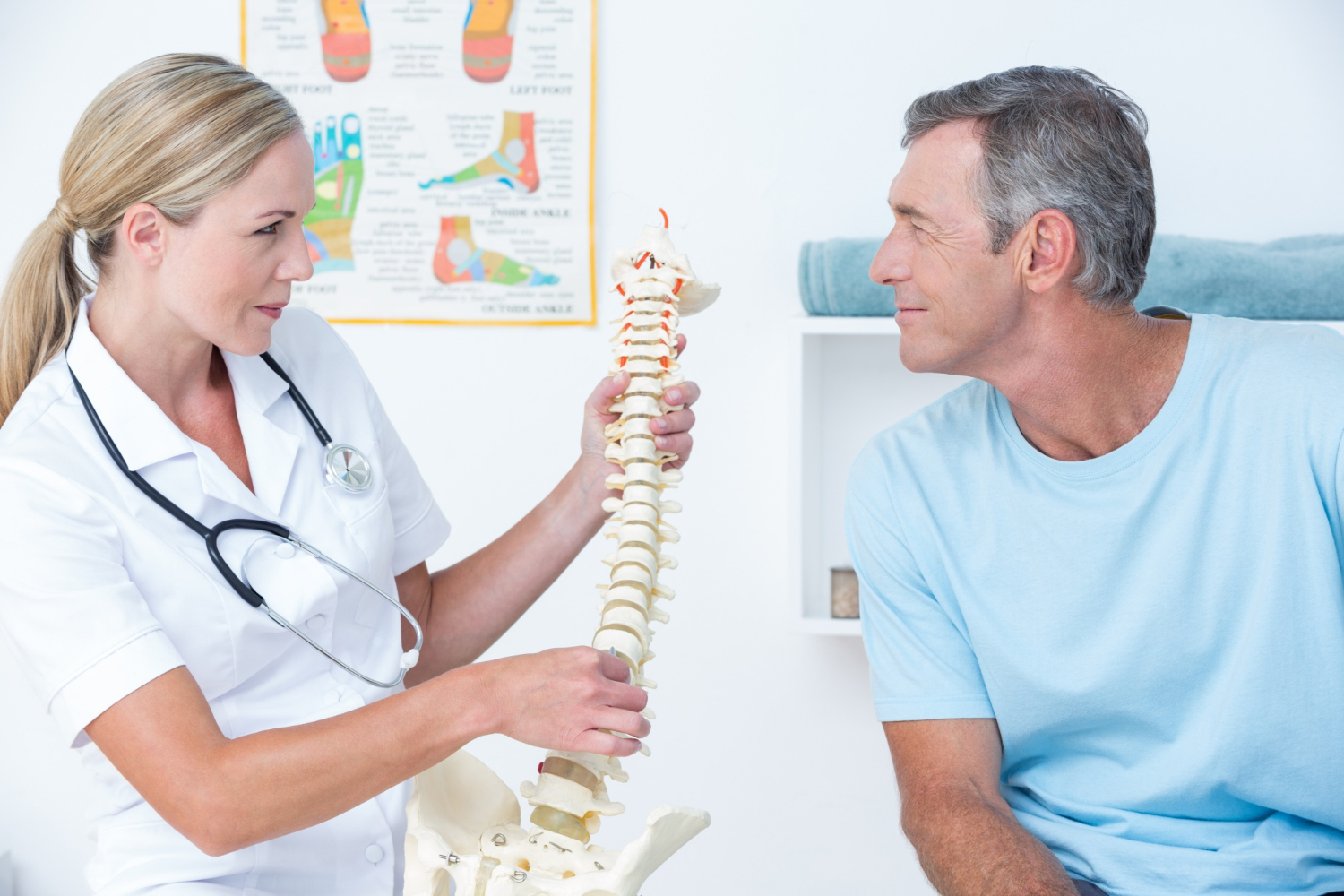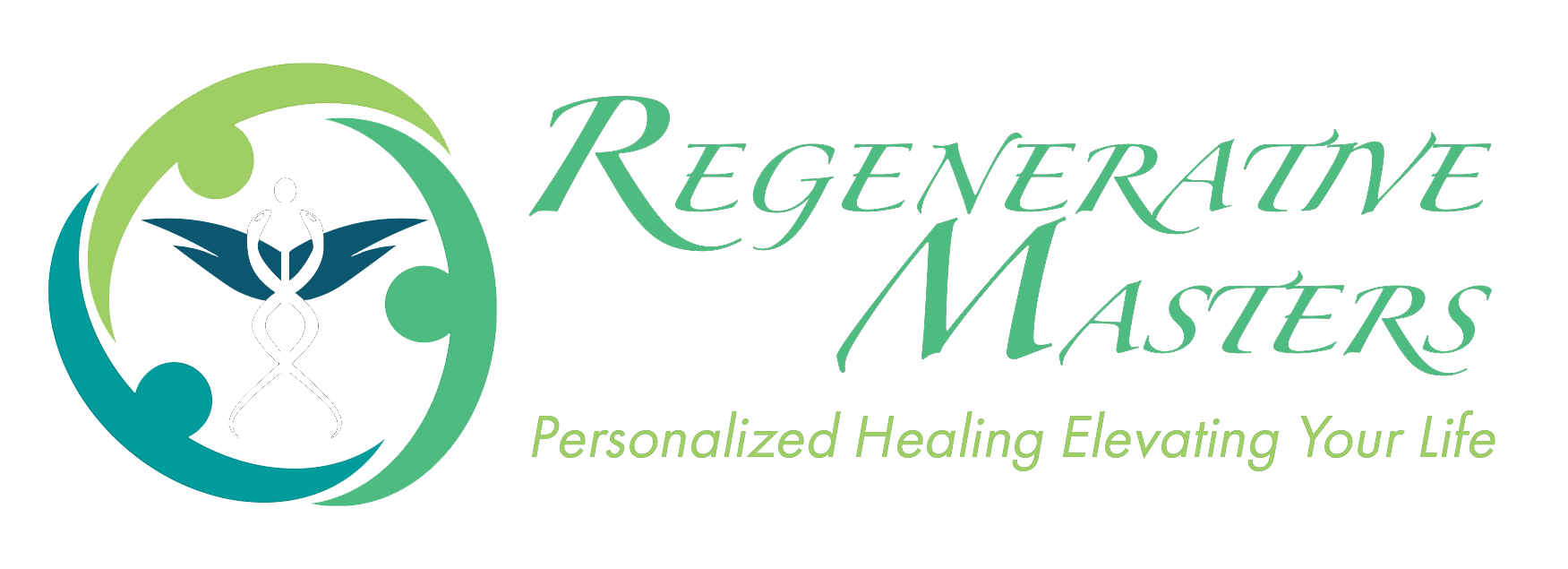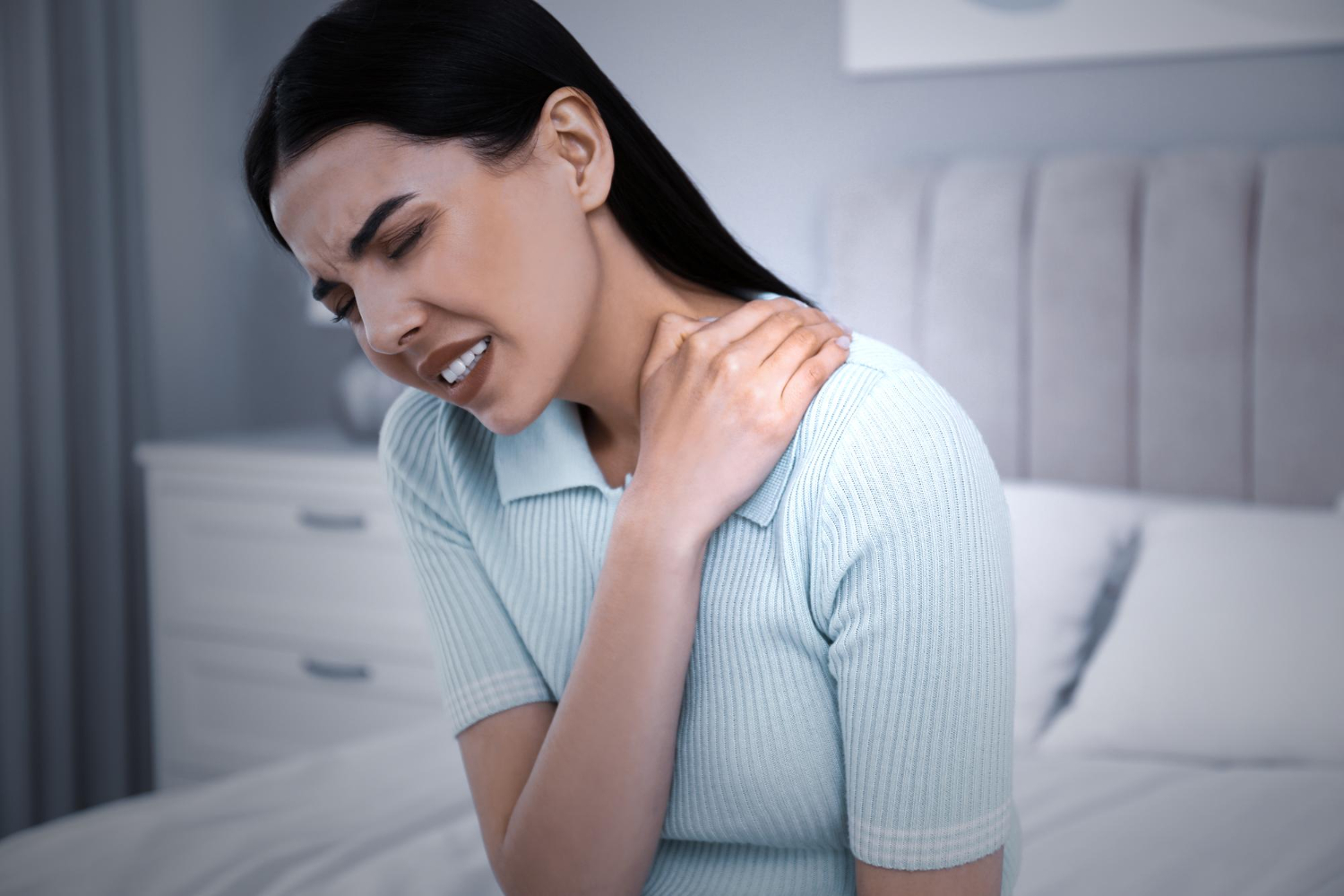Ankylosing Spondylitis (AS) might sound new to you, but it’s important to understand it thoroughly. It is nothing but intense pain in your spine and joints. However, it is entirely different from regular back pain or arthritis. This condition causes swelling in your spine and joints, leading to stiffness and discomfort. If not treated at the right time, it can even make your spine bones stick together.
Most people worldwide have Ankylosing Spondylitis, but it only gets noticed when it’s pretty severe. Read on to learn what Ankylosing Spondylitis is, starting from its causes to treatment, for a better understanding of what’s happening with your body.
What is Ankylosing Spondylitis?

Ankylosing Spondylitis, or Bechterew disease, is an arthritis type that causes pain and stiffness in the spine. This condition often begins in the lower back and can ALSO affect other parts of the spine and joints. In severe cases, AS can cause the spine to curve forward, causing one to hunch over.
According to the Spondylitis Association of America (SAA), signs of AS typically start between the ages of 17 and 45. However, symptoms can also appear in children and older people.
What Causes Ankylosing Spondylitis?
Genetics plays a major role in Ankylosing Spondylitis (AS). Over 90% of people with AS have a specific gene marker called HLA-B27 on their white blood cells. But having this marker doesn’t guarantee you’ll get AS.
Some people with AS have family members who also have it, but the symptoms and how much it affects them can be different for each person. It is also seen that sometimes individuals with AS are the only one in their family who has it. Studies show about 20% of those with the HLA-B27 gene marker will develop an inflammatory condition like AS.
People with the HLA-B27 gene marker might also experience other inflammatory conditions, like eye inflammation without arthritis. Just having this gene marker doesn’t mean you’ll have AS or any other inflammatory condition.
Am I at a Risk? (H3)
Ankylosing Spondylitis can affect anyone, but it’s more common in certain groups, such as:
- Individuals under 40 years old (most are diagnosed around age 30).
- Those assigned male at birth.
- People with a family history of AS, especially a parent.
Certain health conditions, including Crohn’s disease, ulcerative colitis, and psoriasis, also increase the likelihood of having Ankylosing Spondylitis.
Signs and Symptoms of Ankylosing Spondylitis

People with Ankylosing Spondylitis (AS) have different symptoms. The most common symptom is lower back pain caused by sacroiliitis, a painful inflammation of the joints connecting the spine to the pelvis.
The pain might spread to other areas. You might also feel:
- Pain in your hips.
- Pain in your buttocks.
- Neck pain.
- Stomach pain.
Other symptoms of Ankylosing Spondylitis can include:
- Stiffness or difficulty in moving your hips and lower back, especially in the morning or after sitting for a long time.
- Always feeling tired.
- Having trouble breathing.
- Losing your appetite or losing weight without trying.
- Experiencing diarrhea.
- Developing skin rashes.
- Having vision problems.
What is the First Sign I Might Notice When Dealing With Ankylosing Spondylitis?
Ankylosing Spondylitis (AS) often begins with inflammation in the sacroiliac joints, where the spine meets the pelvis. Initially, you might feel pain and stiffness in your lower back and hips.
AS can also affect the areas where your tendons and ligaments attach to bones if it progresses. In severe cases, it can even cause your vertebrae to fuse together.
Ankylosing Spondylitis Diagnosis
Diagnosing Ankylosing Spondylitis usually starts with a consultation with your healthcare professional. You might also need to go through some tests, like:
- X-ray of your spine, including bones and organs.
- Erythrocyte Sedimentation Rate (ESR or sed rate) checks how fast red blood cells settle at the bottom of a tube. When there’s swelling and inflammation, the proteins in the blood stick together and become heavier, making the cells fall faster. Many people with AS have a high ESR.
- Genetic Testing helps determine if you have a specific gene linked to the disease. More than 19 out of 20 people with AS have a gene called HLA-B27.
Ankylosing Spondylitis Treatment

Your doctor might recommend treatments to help you manage your symptoms so that they don’t bother you as much in your daily life.
Common treatments for Ankylosing Spondylitis include:
- Exercise: Regular physical activity can help reduce stiffness and prevent AS from worsening. Most people feel pain when they’re inactive. A physical therapist can suggest specific stretches and exercises to strengthen the muscles supporting your back and spine.
- Nonsteroidal Anti-Inflammatory Drugs (NSAIDs): These over-the-counter medications, such as ibuprofen and naproxen, can relieve pain and inflammation. However, it’s essential to talk to your doctor before using NSAIDs for more than ten days in a row.
- Biologic Disease-Modifying Anti-Rheumatic Drugs (DMARDs): These are prescription drugs that reduce inflammation and pain and may slow down the progression of AS.
- Surgery: Surgery is rarely needed for AS. Your doctor may only suggest it if you have severe symptoms that don’t improve with other treatments.
Non-Invasive Treatment for Ankylosing Spondylitis
Various treatment options and medications can help reduce inflammation and ease symptoms like pain and stiffness. However, these medications don’t work for everyone, and some people might experience severe or uncomfortable side effects.
At Regenerative Masters, we offer advanced regenerative medicine to treat tendon, ligament, and muscle pain in a new and unique way. Our treatments use your body’s natural healing abilities to help injured tendons and ligaments heal themselves. This not only relieves pain but also fixes the root cause of the problem, making your life better.
How Soon Will I Feel Better After Taking Treatments?
You should start feeling improvements shortly after beginning treatment. While your symptoms might not disappear entirely, they should improve as you discover the treatments that suit you. Ask your doctor when you can expect to see changes.
Remember, exercise, physical, and non-invasive treatment therapy takes time as they provide long-lasting solutions.
Preventive Measures for Ankylosing Spondylitis
Apart from sticking to your Ankylosing Spondylitis (AS) treatment plan, there are other things you can do to lower inflammation in your body and ease strain on your joints—
- Follow a healthy diet and exercise regularly.
- Reduce your alcohol intake.
- Quit smoking.
Dealing With Ankylosing Spondylitis? Join Regenerative Masters Today!

Persistent pain in your spine and back can make daily life challenging, making simple tasks difficult. However, if you get diagnosed and treated early, you can stop the pain and stiffness caused by Ankylosing Spondylitis. Finding the proper treatment can make a big difference in managing your symptoms.Join the Regenerative Masters community to get back to normal. Contact us today by emailing your details to info@regenerativemasters.com.

